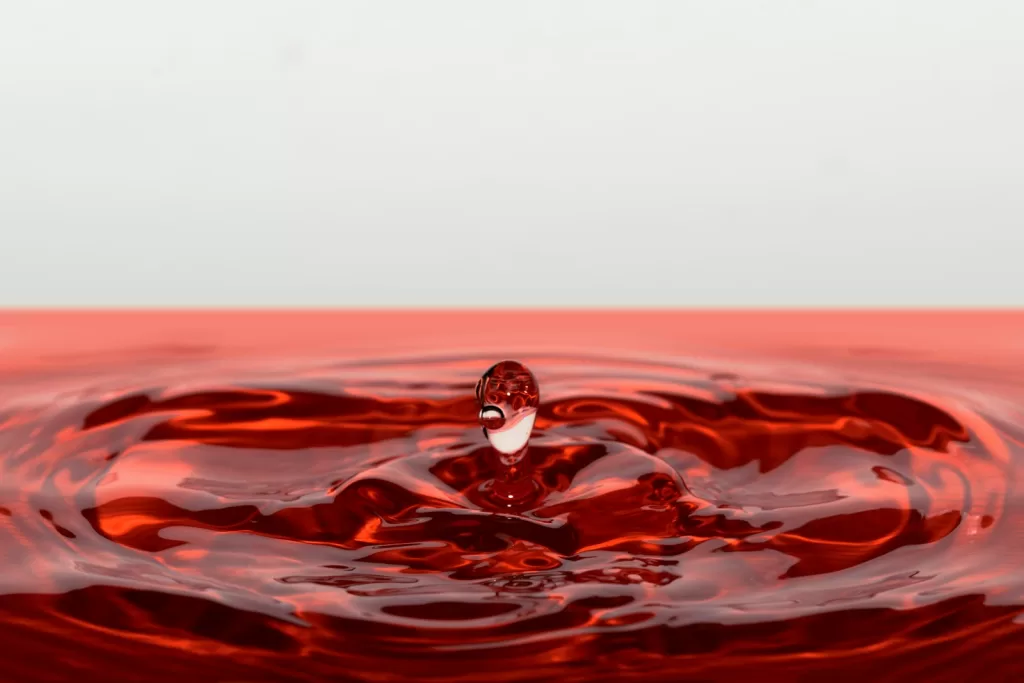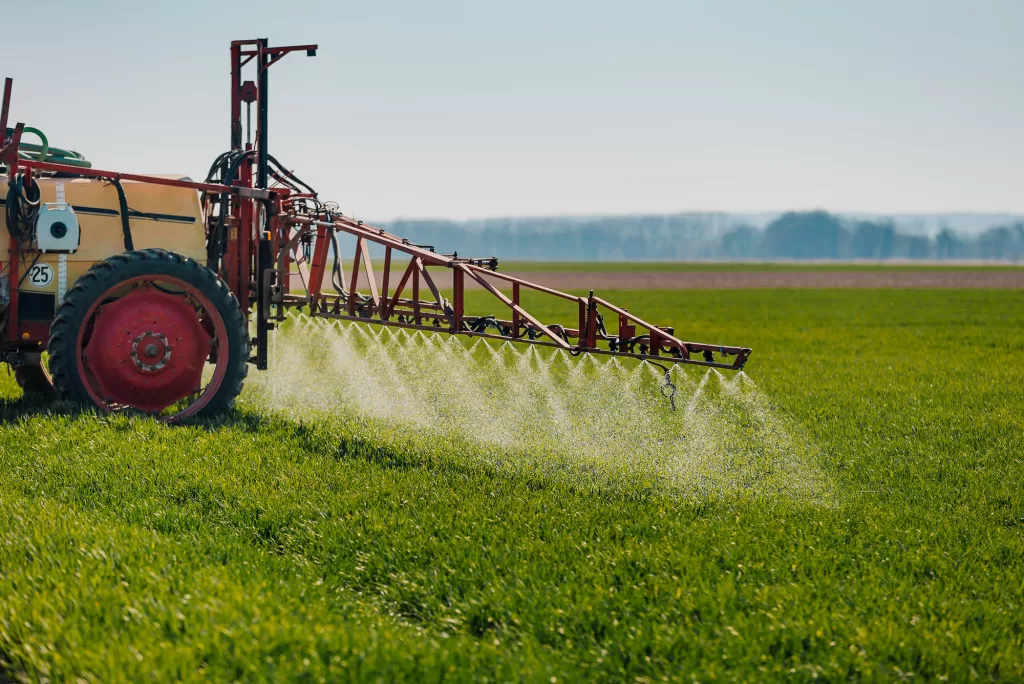There are several potentially harmful solvents used when Cannabis plants are processed or extracted. They can be left in the extract/final product and cause harm to consumers who are using these products due to their carcinogenic nature. Residual solvents analysis will determine if any solvents have been found within the finished product. Residual solvents source could be a byproducts of extraction processes such as vacuum, heat, and winterization. Even process that they do not use solvent extractions but rather use water or carbon dioxide-CO2 can result in residual solvents which may subsequently end up in the final product. These impurities can be toxic, which is why residual solvent analysis is a critical element of cannabis testing. Except for ethanol, the limits on the amount of solvent residue that can be present in manufactured products are established by the International Conference on Harmonization (ICH). The ICH has determined 3 classes for solvents and requires processors to justify the presence of any detected residue in their final products.
The 3 ICH classes are:
- Extremely hazardous. Solvents include known human carcinogens, strongly suspected human carcinogens, and environmental hazards. The use of this class of solvents are prohibited in cannabis production.
- Solvents with degrees of toxicity that warrant solvent-specific exposure limits. The ICH recommends limiting the use of these solvents.
- A broad group of solvents that have a set permissible exposure limit of 50 mg per day. In general, products that are produced with this class solvents must not exceed 0.5 percent solvent residue volume by weight.
As stated, Residual Solvent analysis is an important safety component and in fact a routine analysis in the pharmaceutical industry. When manufacturing pharmaceutical products, using solvents during the manufacturing can help improve synthetic yield or affect the product’s chemical properties (although they have no bearing on the efficacy of the product itself). Cultivating cannabis products for commercial purposes, requires the same principles of pharmaceutical quality control and testing. If Cannabis was to be brought into line with other pharmaceutical testing, each batch of medicinal cannabis would need to be tested for potency, flavor profiling and residual solvents. Some manufacturers may use cheap materials in order to produce the products cost-effectively and have a higher profit margin. These cheap materials may have high levels of dangerous solvents. Residual solvents that are left in the final product can adversely affect patients. For example, if a product that retains high levels of ethanol is used to treat children, it could cause liver damage.

Regulatory bodies have clearly defined limits for residual volatile organic chemicals in pharmaceutical products. As such, manufacturers need to monitor solvent levels not just in their final products but in their active ingredients and additives. In order to meet product specifications and adhere to best manufacturing practices, all residual traces of these solvents need to be removed before the product can go to market.
Therefore, testing for any residual solvents is essential aspect of manufacturing process. When going into business for yourself, especially in such a fast-growing and competitive industry, it’s essential to establish yourself as a safe and reliable commodity. While this is true of all industries, it’s especially true in the startup cannabis business. As new people learn of the potential health and medicinal benefits of cannabis and its derivatives like CBD, they need to know that the brands they buy from are trustworthy and safe, aside from meeting their obligations under relevant authorities, pay close attention to quality and safety.
Services and capabilities?
Through chemical analysis, our expert team identifies the presence and concentration of different residual solvent compounds and classes, which are reported as a weight-based percentage. Below are the list some of residual solvents that AccuScience reports.


Instrumentation and techniques
We perform the residual solvent analysis utilizing the latest state-of-the-art Agilent Technologies GC/MS Head Space instrumentation. This is an ultimate and most reliable technique in determination of solvents in
- Agilent 7890A GC/5975C MSD system. Agilent G1888 HS auto-sampler.
What Sets us Apart?
Having the right equipment is critical, but it is only part of the equation, and the human element remains relevant and important. The AccuScience management team has more than 100 years of collective analytical testing experience, and we work in a testing facility set to the standards of ISO17025 for pharmaceutical and environmental laboratories. By strictly following these guidelines, we deliver the most accurate and legally defensible results in the industry.








